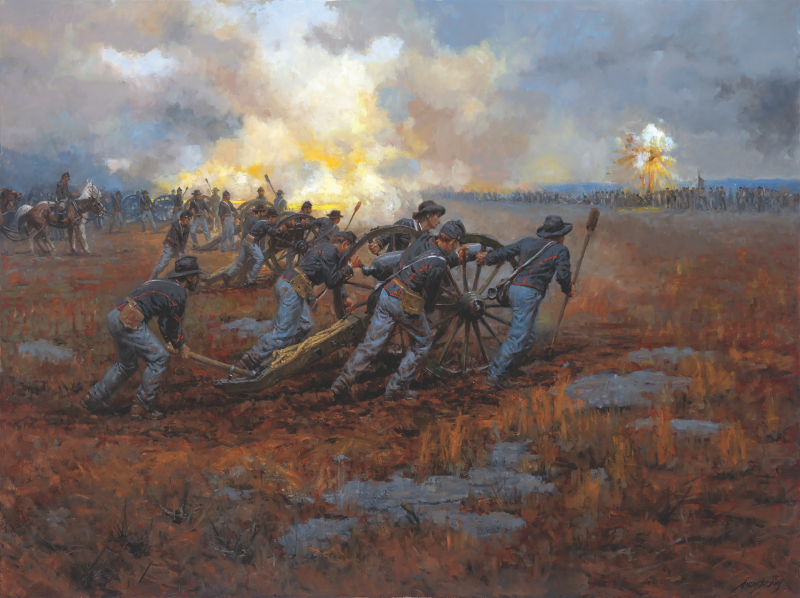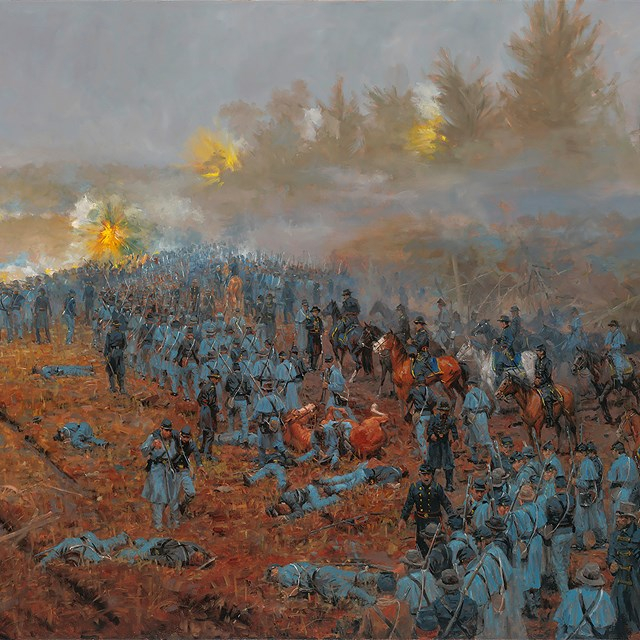Although the terrain of battle afforded no exceptional advantages for defense, Bragg was hesitant to move further north
Another fact is that although the terrain of battle afforded no exceptional advantages for defense, Bragg was hesitant to move further north. A previous state capital, Murfreesboro was a small town in the Stones River Valley named after Hardy Murfree, a colonel in the American Revolutionary War. Throughout the month of December, Bragg and his troops were warmly greeted and entertained here. It was situated in a prosperous agricultural area from which Bragg hoped to supply his army. Bragg also intended to utilize it as a defensive position against any Union push on Chattanooga. The terrain of battle afforded no exceptional advantages for defense, Hardee observed after the conflict. Despite this, Bragg was hesitant to move further north, to Stewart's Creek, where Rosecrans believed Bragg would defend, or farther south, to the possibly more defendable Duck River Valley.
He selected the comparatively level territory northwest of the strategically significant city, spanning the Stones River, considering the political imperative that virtually no Tennessee ground be given to Federal control. Parts of the region were covered in small but dense cedar forests, making some areas more inaccessible to infantry than the Wilderness of Spotsylvania in Virginia. This was especially true in the area close to the convergence of the Nashville Pike and the Nashville and Chattanooga Railroad. Initially, Polk's on the west side of the river, Hardee's Corps in Triune, about 20 miles (32 km) to the west, and a separate division of Hardee's Corps under Maj. Gen. John C. Breckinridge on the low hills east of the river were all assigned. No troops were given the command to build field defenses.








